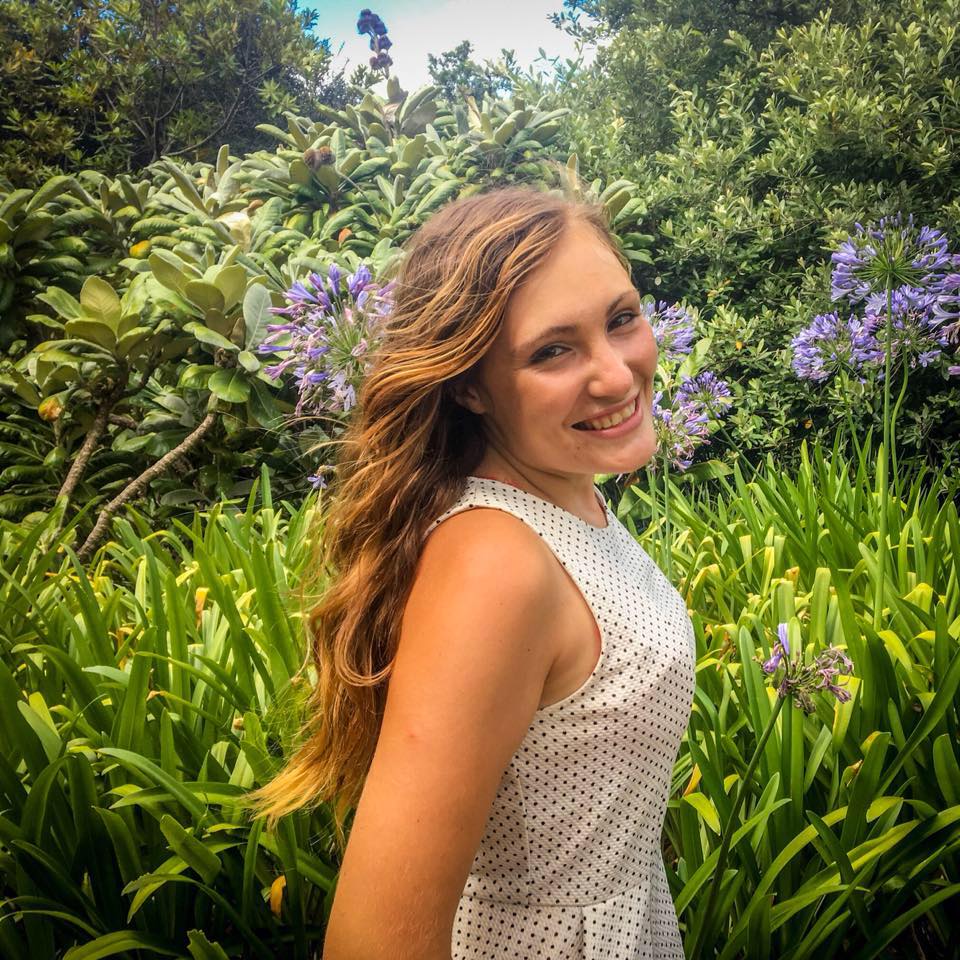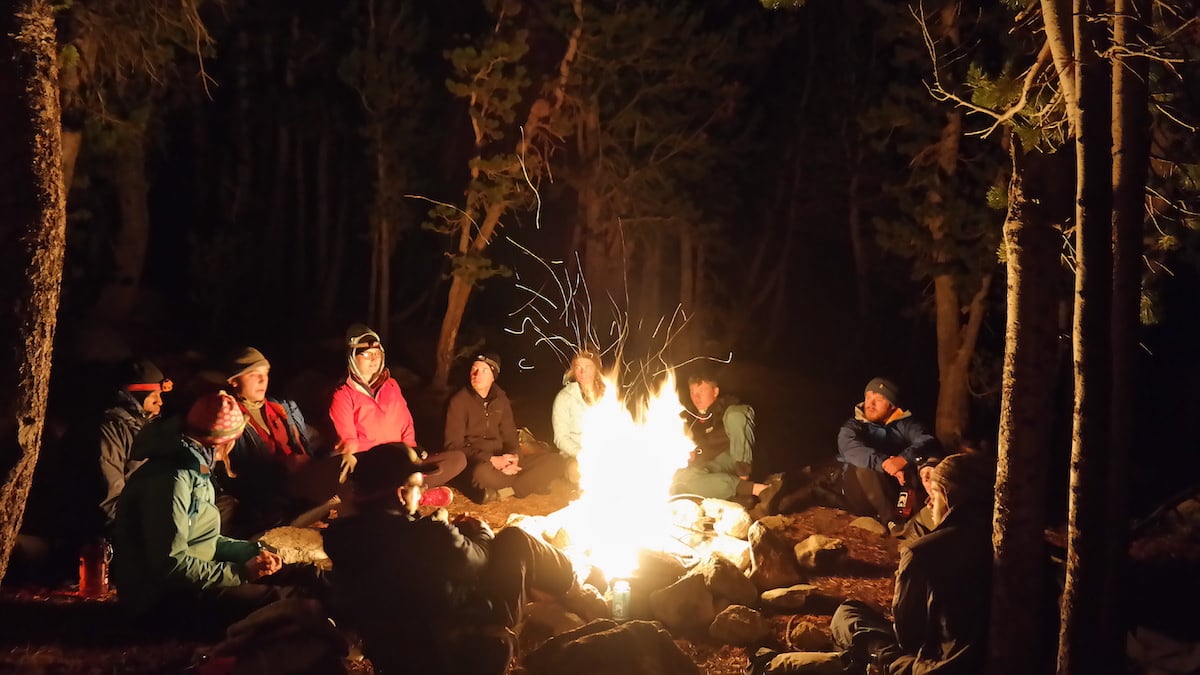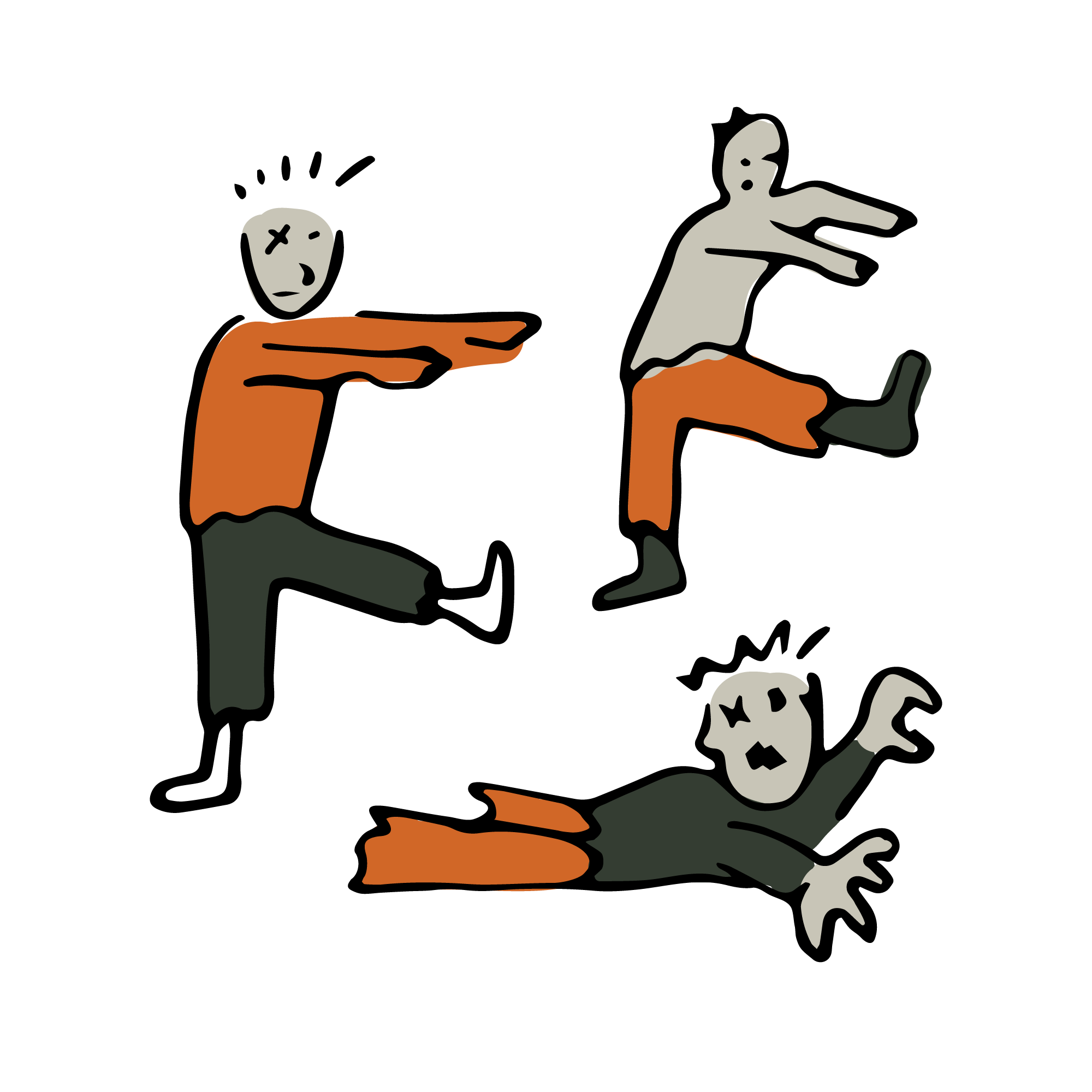
To get into the Halloween spirit, NOLS is exploring how wilderness medicine skills apply in an apocalyptic setting. You may be surprised to learn that you're prepared to survive the walking dead (and also to remove impaled objects when it’s not the end of the world)! Have a spooky, happy Halloween!
Your WFR Prepares You for Hunting Trips—and Zombies!
Congratulations! You remembered your ABCs and OPQRSTs to pass your Wilderness First Responder (WFR) final exam. To celebrate your new certification, you and a group of six friends go on a weekend elk hunting trip. It doesn’t even cross your mind that your WFR will be the reason everyone will make it home.
Your non-WFR friend keeps commenting on the size of your pack: “We’re going away for a night—do you plan on wearing a different shirt for every meal?” But with everything from a fully stocked first aid kit, extra layers, and soap, you feel comfortable venturing out with your bow—even if your friend keeps calling you Turtle Gal.
The next day, you’re 8 miles into the hunt, having followed tracks. Yet, the elks remain elusive. At a clearing, you scan the horizon with your binoculars. You see nothing...nothing...nothing...wait! At the end of your binoculars’ range, you spot what you’re sure is an elk. This is your chance to go from walking with your bow to actually hunting! You take and make your shot. You use your elk call and don’t hear anything unusual. Two friends run to secure your prey. While you wait, all you can think is “Dinner!”
But little do you know, it’s thinking that too.
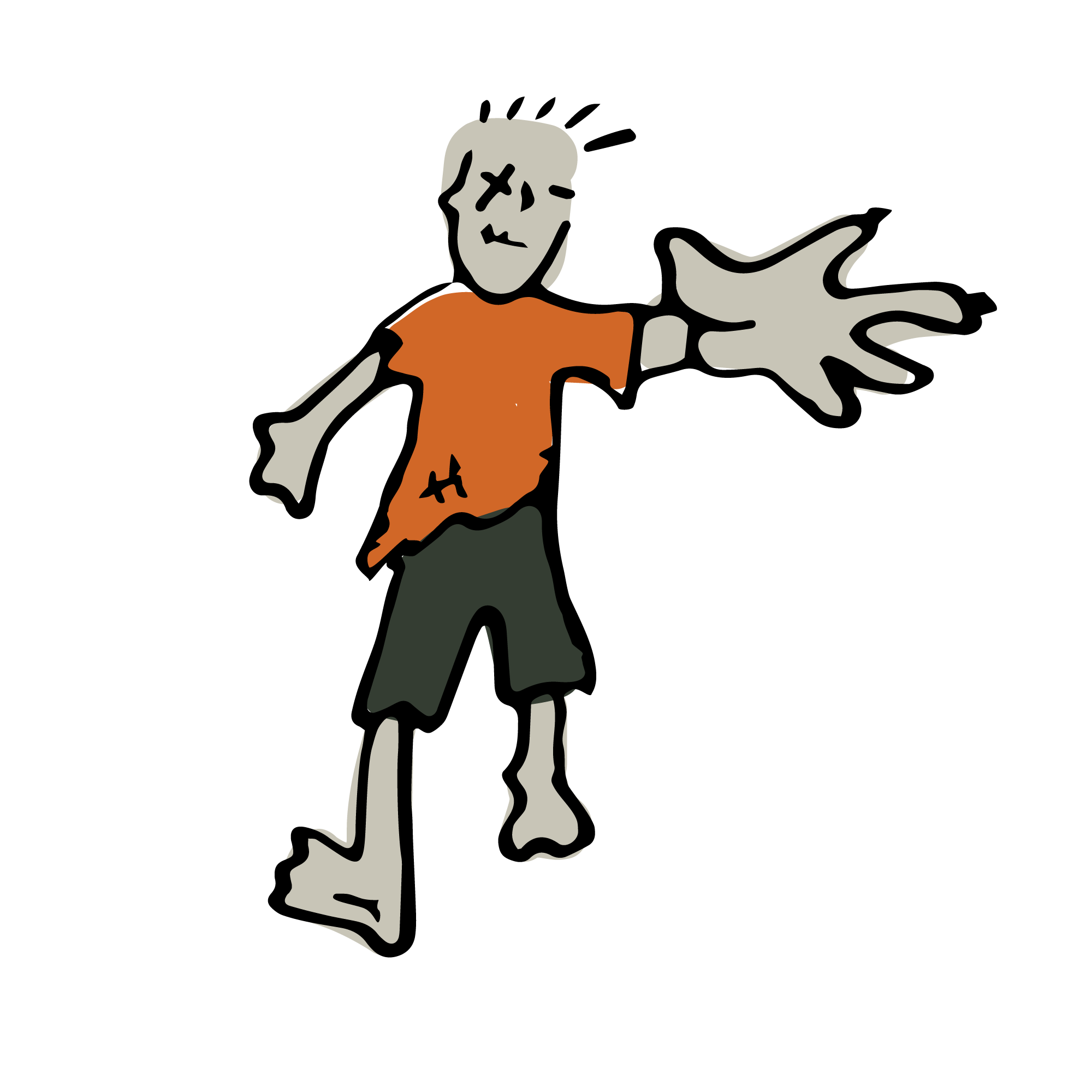
“NOT DEAD! NOT DEAD! NOT DEAD!” Your friends come sprinting out of the woods being chased by—is that a grizzly bear? A mountain lion? A zombie? It’s foaming at the mouth, hungry, coming to make your group its next meal. You all fire away to save your group. You make the shot and the creature goes down, but your friend ran into the creature’s path too while you were shooting, so she too falls to the ground, clutching her shoulder and screaming in pain.
Everyone else in your group stares at you, the newly trained WFR. You didn’t expect to use your skills in less than 24 hours after wiping stage makeup off your scenario partner, but here you are.
From the Hunter to the Hunted (But Ready to Fix That Wound)!
After sizing up the scene, you make two observations. 1. You accidentally shot your friend and she’s not happy. 2. The creature behind her is a zombie. All the movies and experts warned it could happen any day and today is that day. The Apocalypse is here. Time to adapt.
Currently, there aren't any living dead in the area. However, where there is one zombie, others are likely to follow, especially with a noisy group. To mitigate the risk of a zombie herd attack, you calm your group and delegate zombie spotters. You conduct a patient assessment on your friend, recognizing that she is impaled with an arrow. Considering that you’ll be stabbing zombies here on out with any and every sharp object, like arrows, spears, tent stakes, and ski poles, it’s convenient that you learned in your WFR how to remove an impaled object.
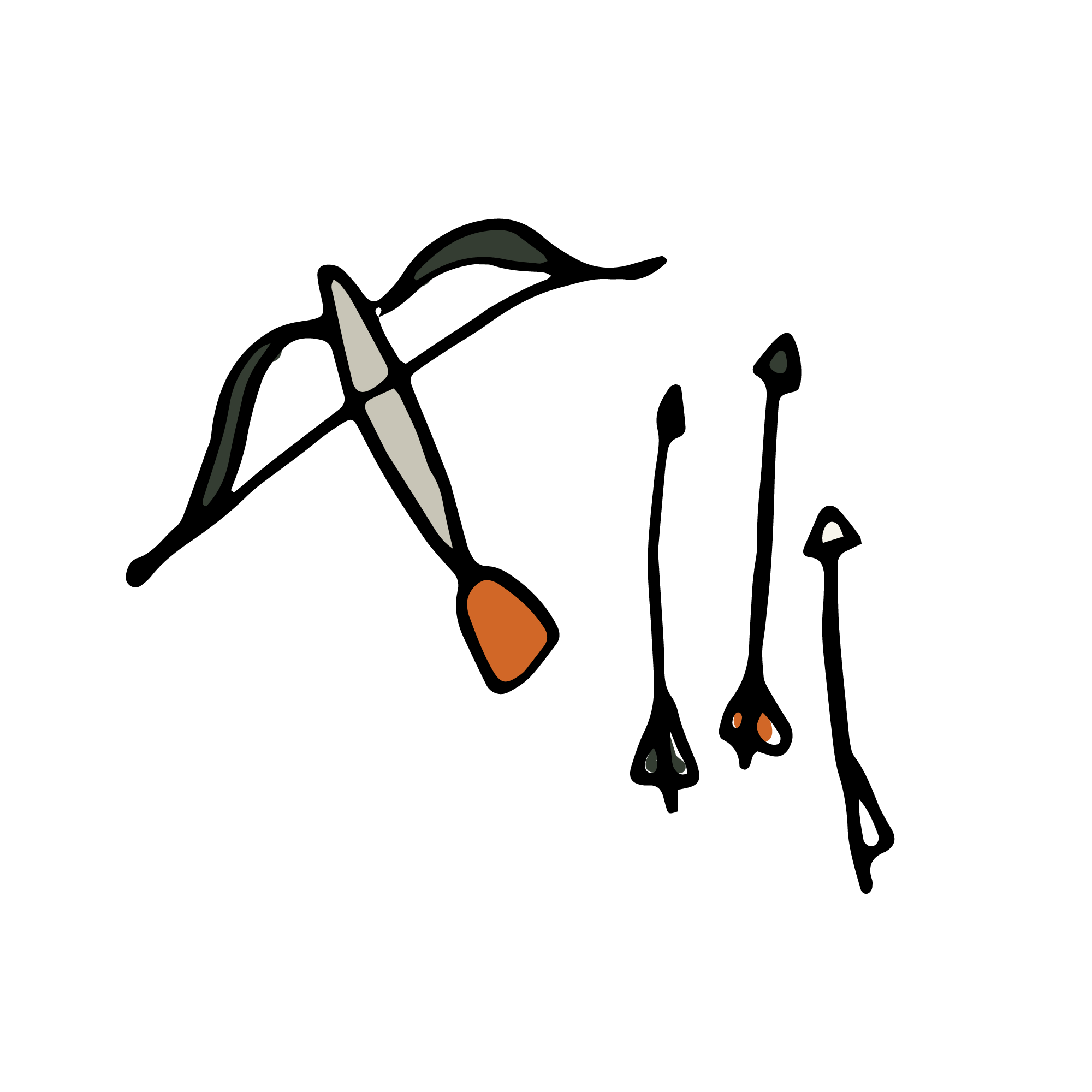
Since zombie raids are impending in all cities and urban medicine will be tied up, and you need your friend to be able to move on her own without the limitations of an arrow sticking out of her body, you make the decision to remove the object. The arrow isn’t too deep and comes out easily. You clean the wound and are glad there isn’t much bleeding. You need to preserve your supplies.
Before moving on, you make everyone take out their soap and wash their hands. Zombies are definitely lethal, but do you know what else is? Sepsis, if untreated. Resources will soon be depleted in the apocalypse, so you need to keep up your hygiene to prevent all types of infections, both from the living dead and from common pathogens.
Disinfect the Skin or Else You Turn into a Zombie
With your hands washed, your friend bandaged, and your weapons ready, you, the newly appointed group leader, move everyone onward. With your injured friend’s limitations, the group moves slowly and carefully.
It’s quiet. You only hear tree branches cracking while you walk.
But they hear your footsteps too. And they are still hungry.
BAM! Before you even hear the moans, you’re being pulled to the ground.
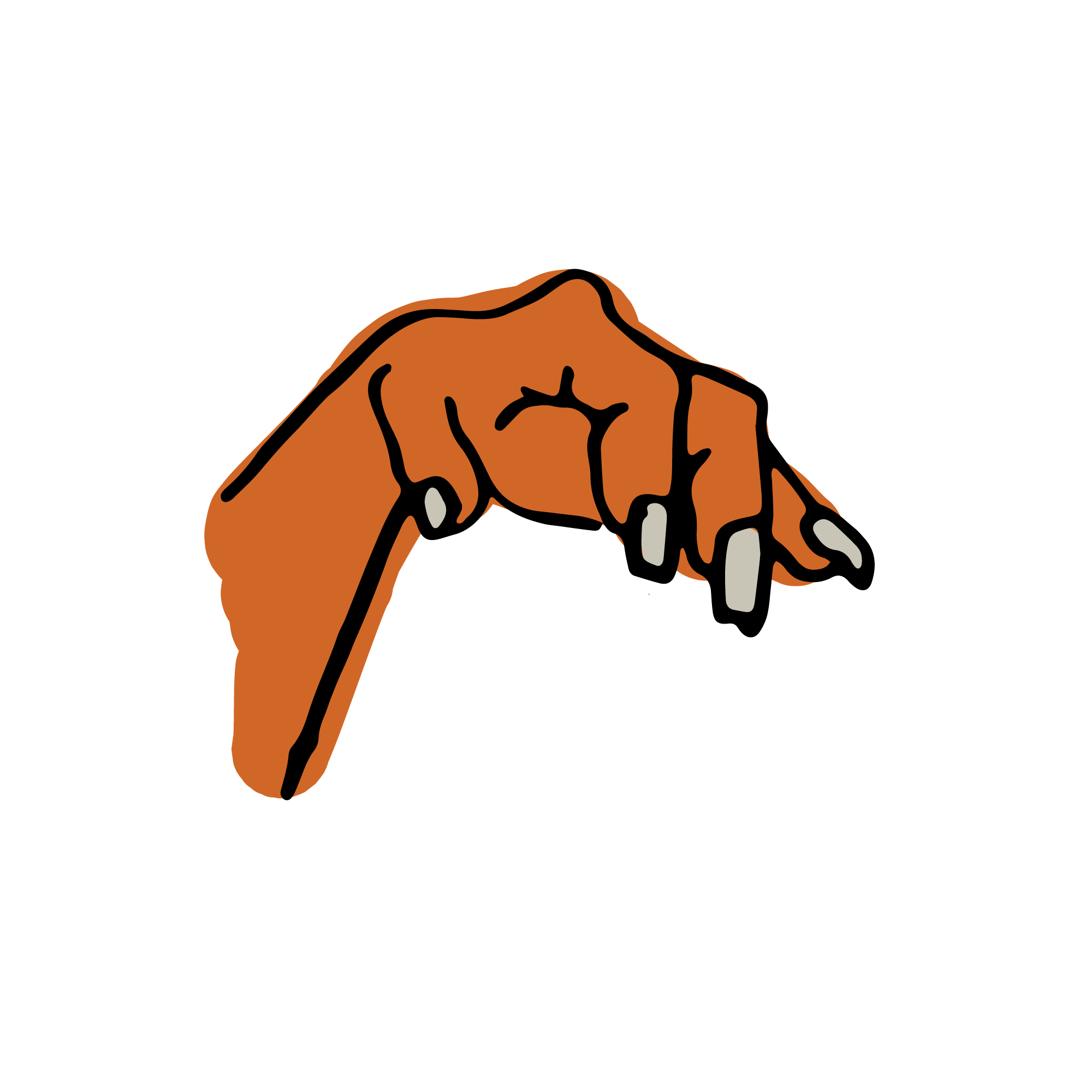
You know what to do if you get your foot stuck in a hunting trap, but being stuck in a zombie’s mouth is a little different. Luckily, your friend’s boots weren’t made for walking, they were made for stomping. She comes from behind and crushes the zombie’s head. However, it swings at her and she falls down the ridge while fighting. Will she become part of them?
Before you can help her, you have to ensure your rescuer safety. You have a brief window of time before the zombie infection spreads, so you grab your first aid kit. Immediately, you and your friends put on the extra gloves you packed. The bleeding is minimal, so you clean it. While you didn’t bring a syringe, you did bring your hydration pack. You are able to use the straw and your soap bar to irrigate the wound with purified water (good thing you made everyone in your group bring Aquamira)! You also take the extra ibuprofen because of the anticipated pain. Zombie wounds hurt!
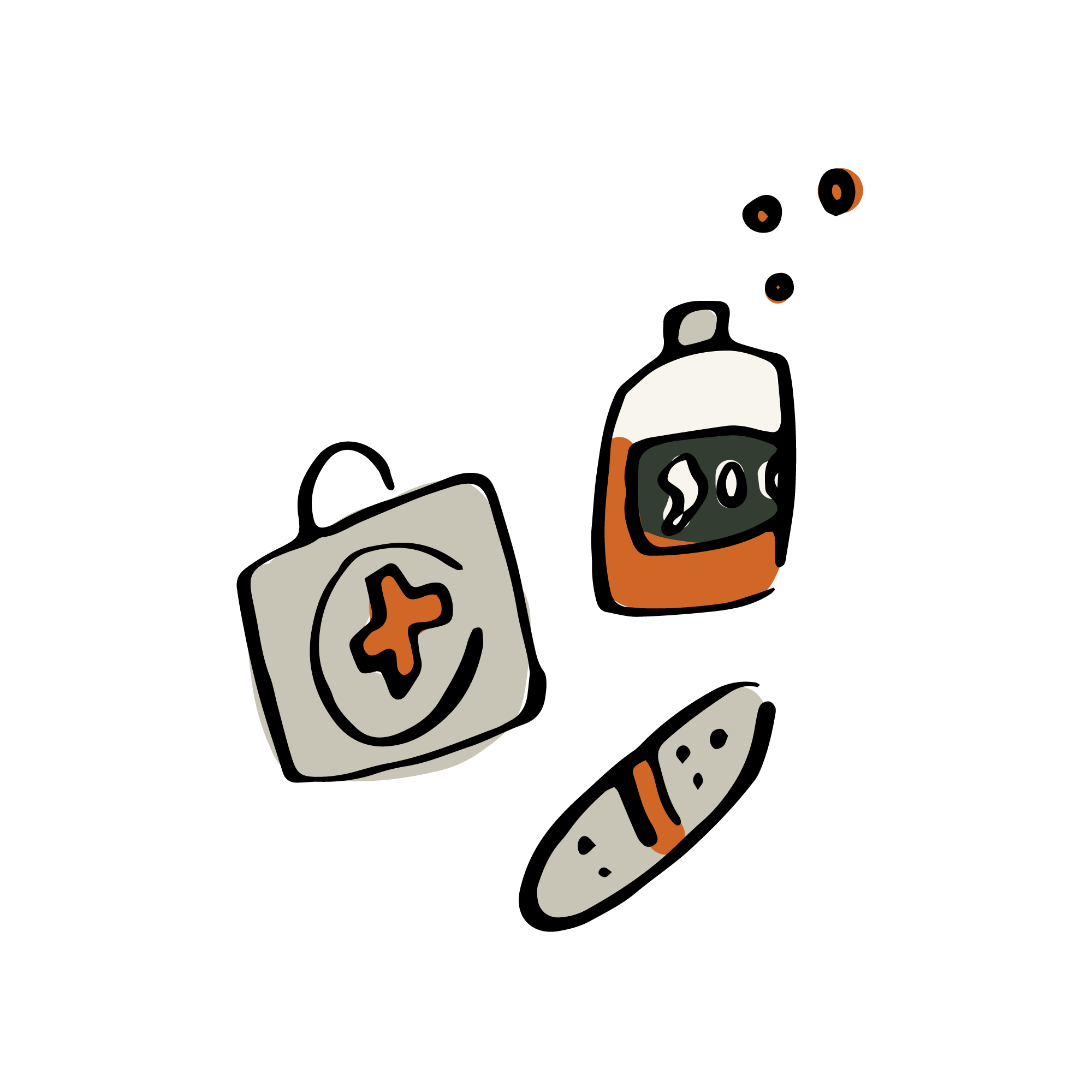
Luckily, your friend took a WFA and also knows wound management skills. After assuring her that you’d much rather eat your oatmeal than her brains for breakfast, your friend feels comfortable enough to dress your wound. While you thought gauze would only be useful if you tripped or cut yourself, you’re now using it to pack and dress a zombie bite from wet to dry.
Keeping Calm Is Key (Even with Hungry Zombies Around)
By paying attention to the wound section in your WFR, you’ve prevented yourself from craving human flesh! But in a triage situation, the grind never stops. You go down the ridge, cautious of your injured foot. You also check that the rest of your group is supporting the friend with a shoulder wound. When you get to your fallen friend, she’s screaming in pain, clutching her literal femur, as the bone broke through her skin.
The screams are attracting zombies. You quickly designate zombie fighters and medical assistants within the group.
Time is of the essence, but you can’t aid your friend if she’s hyperventilating. You need her not to pass out; even with a broken leg, she can still throw rocks at zombies. You kneel down next to her and talk her through the panic, calming her down and letting her know you are qualified to tend to the situation.
Once she’s relaxed, you irrigate the bone ends and use traction-in-line to straighten her leg and reduce the bone back under the skin. However, putting the bone back in hurts. A lot. And therefore elicits more screaming. You need to build a splint to stabilize her leg and reduce the pain.
You see a few zombies coming in hot, but you’re confident that the team can hold them back with arrows and rocks. Simultaneously, your medical squad breaks off tree branches. It turns out packing enough apparel to clothe a family was the right decision. It takes a bit, but you’re able to improvise a splint while the encore of zombie moans and human war cries blaring in the background. Your friend lost a lot of blood and while zombies aren’t blood sensing sharks, she’s still in danger. Assuming you make it back from the zombie battle, you’ll need to monitor her for shock. You’ll also need to collaborate with everyone on the best evacuation strategy.

You join the gore group to smash the remaining brains. Congratulations! You all dominated the zombie herd and survived your first day of the apocalypse!
Even though your arrow shooting friends get the credit for survival, the real reason you all are still kicking (but not screaming) is because of the medical and leadership skills you acquired on your NOLS Wilderness Medicine course. You also note that the rock throwers are at risk of dislocating their shoulders. If and when that happens, you feel ready to relocate it.
Do you also want to be prepared for the apocalypse or any other emergencies in austere settings? Check out our Wilderness Medicine education options!
Written By
Colleen Kelley
Colleen Kelley is the Marketing Coordinator for NOLS Wilderness Medicine. She graduated from Kenyon College in 2018 with degrees in film and English. When she's not writing/making or analyzing (aka binge watching) films, you can find her running (literally) around Lander or trying to find someone to pump her gas (because she is from New Jersey and that's not legal there).


